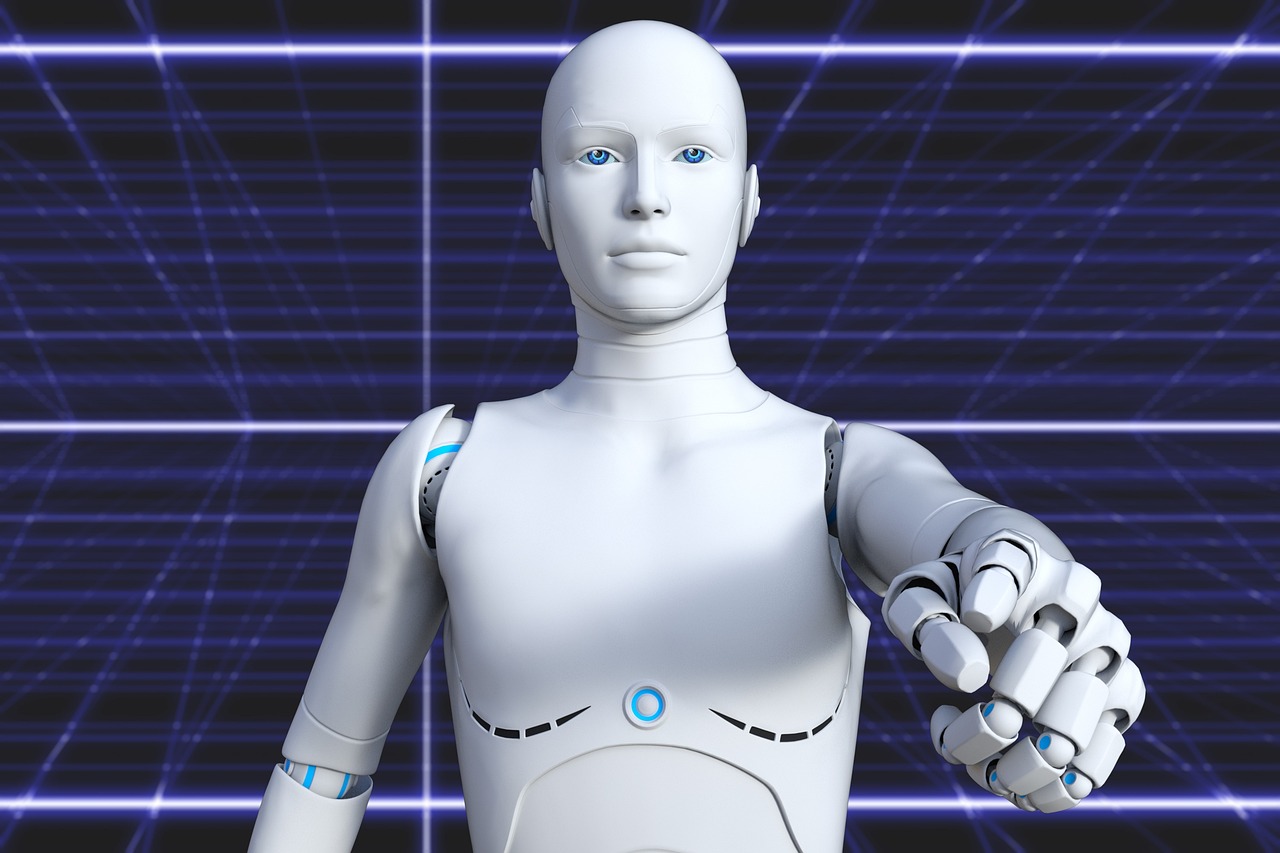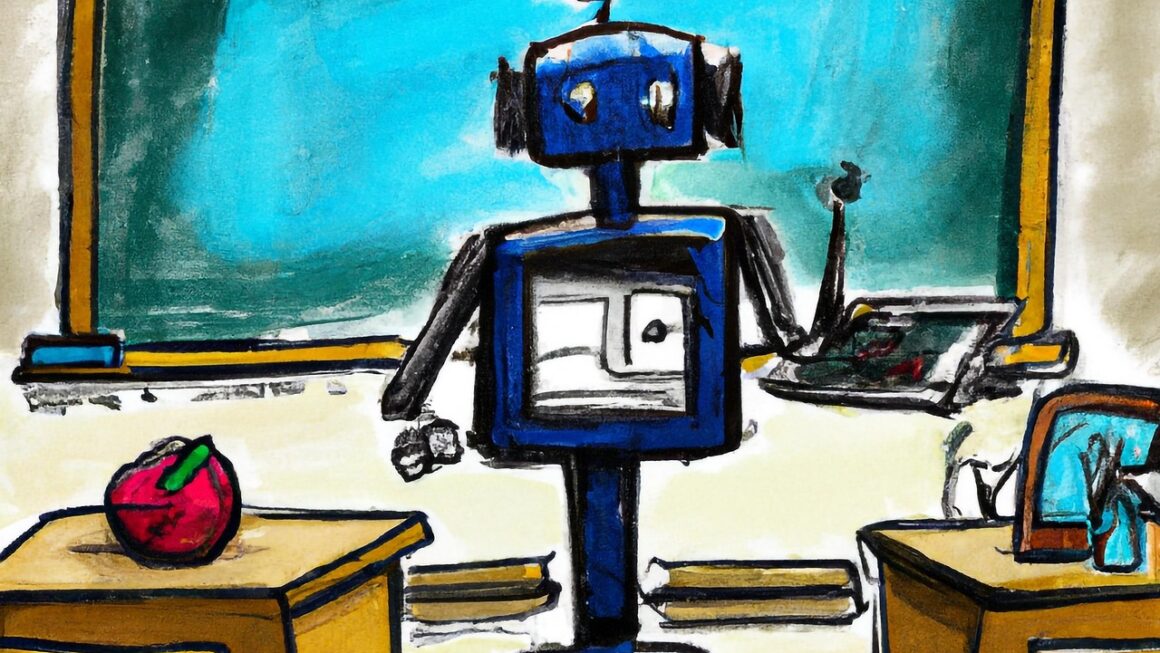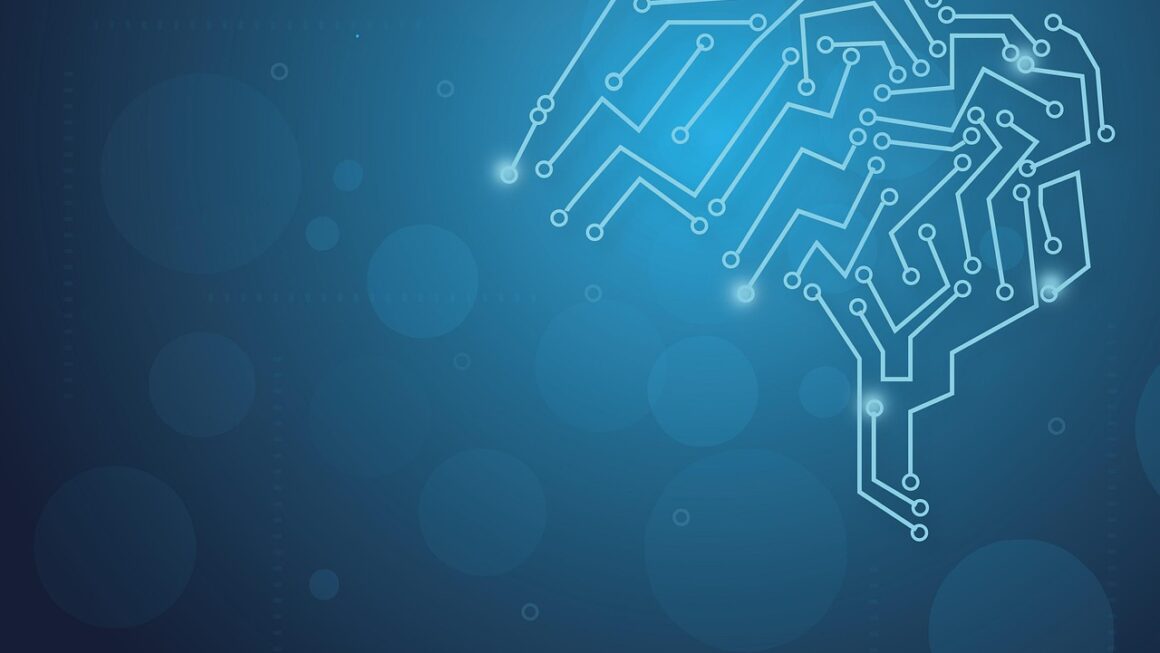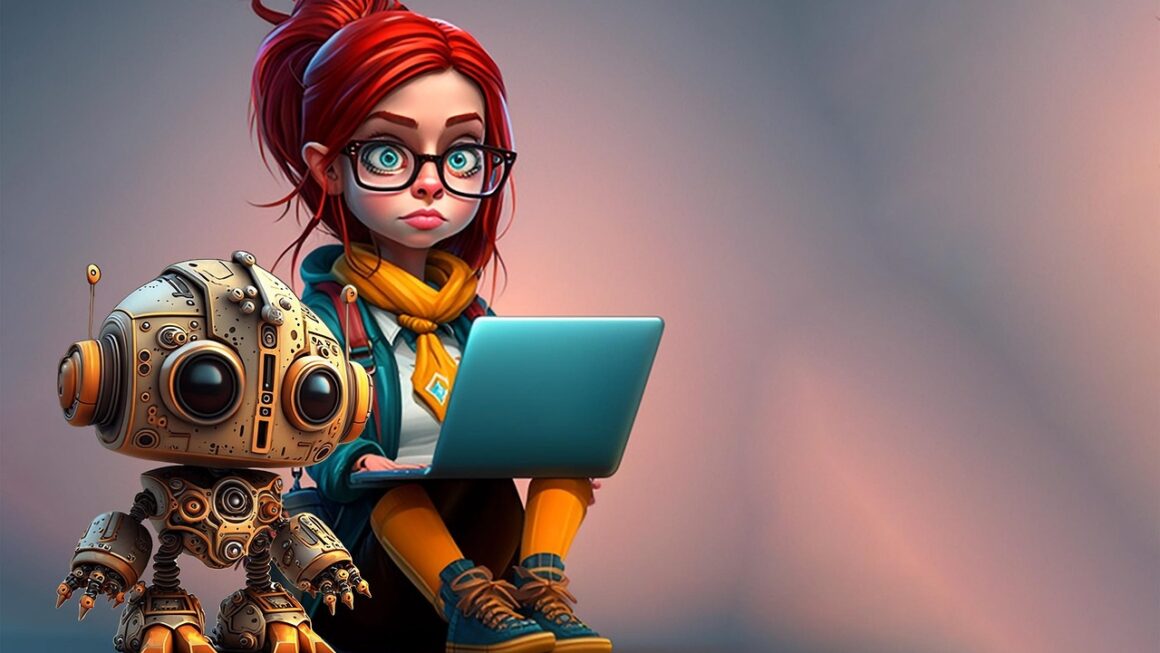The world of digital content is constantly evolving, and one of the most exciting advancements is the rise of AI image generation. Imagine being able to conjure up unique visuals from simple text prompts, saving time, resources, and unlocking creative possibilities previously unimaginable. This technology is revolutionizing fields like marketing, design, and even art, and this article will delve into everything you need to know about it.
What is AI Image Generation?
The Basics Explained
AI image generation, also known as text-to-image generation, leverages artificial intelligence, specifically deep learning models, to create images from textual descriptions. These models are trained on massive datasets of images and corresponding captions, enabling them to learn the complex relationships between words and visual representations. By understanding these relationships, the AI can interpret a text prompt and generate a new image that matches the description.
How it Works: Deep Learning Models
The core of AI image generation lies in deep learning, specifically using models like:
- Generative Adversarial Networks (GANs): GANs consist of two neural networks: a generator and a discriminator. The generator creates images, while the discriminator evaluates their authenticity. This adversarial process leads to increasingly realistic and high-quality image generation.
- Diffusion Models: Diffusion models progressively add noise to an image until it becomes pure noise. The model then learns to reverse this process, gradually removing noise to reconstruct the original image. This approach has shown remarkable results in generating detailed and coherent images.
- Transformers: Transformers, originally designed for natural language processing, can also be adapted for image generation. They excel at capturing long-range dependencies in data, allowing them to generate images with intricate details and complex compositions.
Common Use Cases
AI image generation tools are finding applications across various industries:
- Marketing and Advertising: Creating visually appealing advertisements and marketing materials without the need for expensive photoshoots.
- Content Creation: Generating unique images for blog posts, social media, and other online content.
- Design: Prototyping designs and exploring different visual concepts quickly.
- Art and Entertainment: Creating original artworks and visual effects for games and films.
- Education: Visualizing complex concepts and creating educational materials.
Popular AI Image Generation Tools
Overview of Top Platforms
Several AI image generation platforms have emerged, each with its own strengths and features. Some of the most popular ones include:
- DALL-E 2 (OpenAI): Known for its ability to generate highly realistic and detailed images from text prompts. DALL-E 2 excels at understanding complex descriptions and creating visually stunning results.
- Midjourney: A popular platform accessed through Discord, known for its artistic and surreal image generation capabilities. Midjourney is often favored by artists and designers seeking unique and imaginative visuals.
- Stable Diffusion: An open-source model that allows users to run image generation locally. Stable Diffusion offers greater flexibility and customization options compared to cloud-based platforms.
- Craiyon (formerly DALL-E mini): Generates more abstract and sometimes humorous images, useful for brainstorming or generating low-fidelity prototypes.
Feature Comparison
Here’s a brief comparison of these platforms:
| Platform | Strengths | Limitations | Pricing |
| —————– | ————————————————————————— | ———————————————————————– | —————– |
| DALL-E 2 | High realism, detailed images, understands complex prompts. | Can be expensive, content moderation policies. | Credit-based |
| Midjourney | Artistic style, surreal images, strong community support. | Requires Discord, can be unpredictable. | Subscription |
| Stable Diffusion | Open-source, highly customizable, can be run locally. | Requires technical expertise, hardware intensive. | Free (Open Source) |
| Craiyon | Free, easy to use, good for brainstorming. | Lower image quality, less control over output. | Free/Paid options |
Practical Examples and Tips
- DALL-E 2: “A corgi riding a unicorn through a candy land.” – Expect a high-quality, whimsical image.
- Midjourney: “/imagine A cyberpunk city at night, neon lights, rain” – Will generate several artistic variations.
- Stable Diffusion: Using a pre-trained model, refine your prompt with negative prompts to avoid unwanted features (e.g., “ugly, deformed”).
- Tip: Experiment with different prompts and settings to achieve the desired results. Pay attention to details like lighting, style, and composition.
Optimizing Prompts for Better Results
The Art of Prompt Engineering
Prompt engineering is the process of crafting effective text prompts that guide the AI model to generate the desired images. A well-crafted prompt can significantly improve the quality and relevance of the generated images.
Key Elements of a Good Prompt
- Descriptive Language: Use vivid and descriptive language to paint a clear picture of the desired image.
Example: Instead of “a dog,” try “a golden retriever puppy playing in a field of sunflowers at sunset.”
- Specific Details: Include specific details about the subject, setting, and style of the image.
Example: “A futuristic cityscape with flying cars, holographic advertisements, and towering skyscrapers, rendered in a cyberpunk style.”
- Keywords: Incorporate relevant keywords that the AI model can recognize and understand.
* Example: For a painting, include keywords like “oil painting,” “impressionistic,” or “abstract.”
- Modifiers: Use modifiers to further refine the image, such as “photorealistic,” “high-resolution,” or “dreamlike.”
Examples of Effective Prompts
- Landscape: “A breathtaking mountain landscape with snow-capped peaks, a turquoise lake, and a lush green forest, captured in a wide-angle photograph.”
- Portrait: “A close-up portrait of a young woman with piercing blue eyes, wearing a vintage hat, and standing in front of a brick wall, rendered in a film noir style.”
- Abstract: “An abstract painting with swirling colors, geometric shapes, and a sense of movement, rendered in a vibrant and energetic style.”
Common Mistakes to Avoid
- Vague Prompts: Avoid using vague or ambiguous language that can lead to unpredictable results.
- Overly Complex Prompts: Keep your prompts concise and focused, avoiding unnecessary details that can confuse the AI model.
- Ignoring Context: Consider the context of the image and tailor your prompt accordingly.
Ethical Considerations and Challenges
Bias and Representation
AI image generation models are trained on vast datasets, which may contain biases that can be reflected in the generated images. This can lead to issues of misrepresentation and unfair stereotypes.
- Example: A model trained primarily on images of white people may struggle to generate accurate and diverse images of people from other ethnic backgrounds.
Copyright and Ownership
The legal status of AI-generated images is still evolving. It is unclear who owns the copyright to these images: the user who created the prompt, the developer of the AI model, or someone else entirely.
Misinformation and Deepfakes
AI image generation technology can be used to create realistic fake images, which can be used to spread misinformation and manipulate public opinion. This raises concerns about the potential for misuse and the need for safeguards.
Addressing the Challenges
- Data Diversity: Train AI models on diverse and representative datasets to mitigate bias.
- Transparency: Provide transparency about the limitations and potential biases of AI models.
- Regulation: Develop clear legal frameworks for copyright and ownership of AI-generated images.
- Education: Educate the public about the potential for misinformation and deepfakes.
The Future of Image Generation
Emerging Trends
The field of AI image generation is rapidly evolving, with several exciting trends on the horizon:
- Increased Realism: AI models are becoming increasingly capable of generating photorealistic images that are indistinguishable from real photographs.
- Interactive Generation: Users will be able to interact with the AI model in real-time, providing feedback and iteratively refining the generated images.
- Personalized Generation: AI models will be able to generate images that are tailored to individual preferences and needs.
- Integration with Other Technologies: AI image generation will be integrated with other technologies, such as virtual reality and augmented reality, to create immersive and interactive experiences.
Impact on Industries
The continued development of AI image generation will have a profound impact on various industries:
- Entertainment: Creating realistic visual effects for films, games, and other forms of entertainment.
- Education: Developing interactive and engaging educational materials.
- Healthcare: Generating medical images for diagnosis and treatment planning.
- Manufacturing: Designing and prototyping new products.
The Role of Human Creativity
While AI image generation has the potential to automate certain creative tasks, it is unlikely to replace human creativity entirely. Instead, AI will serve as a powerful tool that augments human capabilities and unlocks new creative possibilities. Human artists and designers will continue to play a vital role in shaping the future of visual communication.
Conclusion
AI image generation is a groundbreaking technology with the potential to revolutionize how we create and consume visual content. From marketing and design to art and entertainment, its applications are vast and rapidly expanding. By understanding the underlying principles, exploring available tools, and addressing ethical considerations, we can harness the power of AI image generation to unlock new levels of creativity and innovation. As the technology continues to evolve, its impact on our world will only grow stronger. Embrace the possibilities, experiment with prompts, and explore the boundless potential of AI-driven visual creation.




